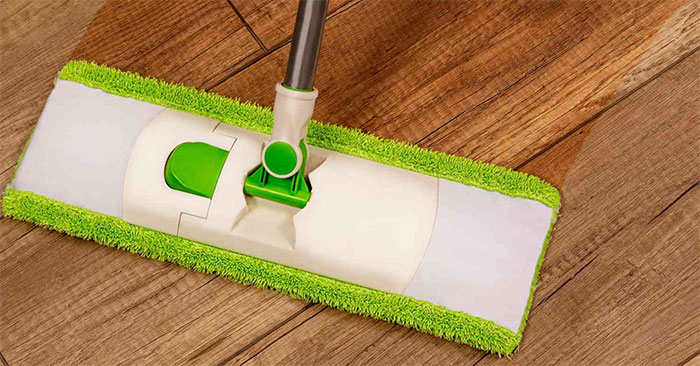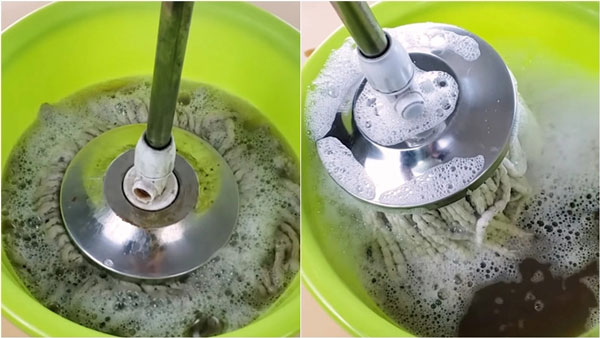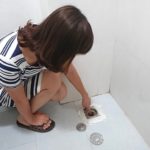It’s not uncommon to experience an unpleasant fishy smell when mopping the floor, even if you’ve washed the mop head or thoroughly cleaned the surface. So, why does mopping often result in this fishy odor?

Unraveling the Fishy Smell When Mopping
There are several factors that can contribute to the fishy smell when mopping.
Unsanitary Water
Using unsanitary water with high levels of organic impurities and bacteria is a primary culprit behind the fishy, unpleasant odor. Ensure your water source is clean to avoid this issue.
Dirty Mopping Tools
Mop heads and mops that aren’t thoroughly cleaned and dried after each use can become breeding grounds for bacteria and mold. Consequently, using these unclean tools spreads bacteria and unpleasant odors across your floor.
Infrequent Water Changes
Not changing the mopping water regularly allows dirt, bacteria, and waste to accumulate, causing an unpleasant smell. Regularly refresh the water to prevent this issue.
Inappropriate Use of Cleaning Products
Some cleaning products, if not used correctly—such as diluting them improperly or using excessive amounts—can lead to a lingering bad smell. Always follow the manufacturer’s instructions for usage and dilution ratios.
Additionally, low-quality or inappropriate cleaning products may fail to eliminate odors and could even make the problem worse.
Unsanitary Floors
Floors that have accumulated dirt, grease, food residue, and other organic matter over time can develop a fishy smell if not thoroughly cleaned. These substances can decompose and emit a foul odor.
Moist Environment
A moist environment is ideal for bacterial and mold growth, leading to unpleasant odors. Ensure your space is well-ventilated, and allow your floors to dry completely after mopping to prevent the growth of bacteria and mold.
Mold in Grout Lines
The grout lines between tiles can become moldy over time due to exposure to water, resulting in an unpleasant smell.

Strategies to Combat the Fishy Smell
- Use water from a reliable source, such as treated tap water or filtered water.
- Change the mopping water frequently during cleaning.
- Clean and dry mop heads and mops after each use. Launder them regularly and allow them to air dry.
- Disinfect your mopping tools periodically by washing them in hot water with disinfectant cleaning products.
- Choose suitable cleaning products and follow the manufacturer’s instructions for proper usage.
- Maintain a regular mopping routine, especially in areas prone to dirt and grime, such as grout lines, kitchens, and dining areas, to prevent the buildup of odors.
- Ensure your living space is well-ventilated by opening windows or using fans to promote air circulation.






































